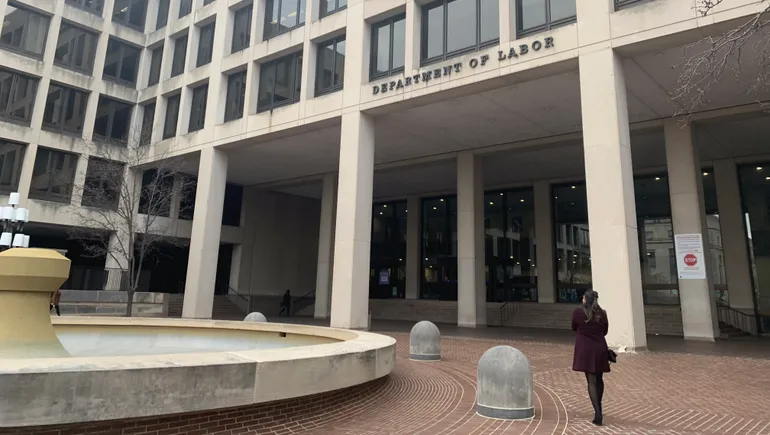Moqadi Mokoena had been feeling uneasy all day. When he’d left his home on the outskirts of Johannesburg, South Africa, for his job as a security guard, he’d had to turn around twice, having forgotten first his watch and then his cigarettes. He had reason to be nervous. His supervisor had assigned him to join a squad protecting an electrical substation where, just two days earlier, four other guards had been stripped naked and beaten with pipes by gun-wielding thieves. Now, on this day in May of 2021, Mokoena and a fellow guard were at that substation, peering tensely through their truck’s windshield as a group of armed men approached.
Mokoena pulled out his phone and called his wife, the mother of their 1-year-old daughter. He told her about the gang coming toward him. “I’m feeling scared,” he said. He didn’t have a gun himself. “I think they are the same ones who attacked our colleagues.”
“Call your supervisor!” she told him.
Minutes later, the men opened fire with at least one automatic weapon. Mokoena’s partner jumped out of the vehicle but was cut down by bullets. A third nearby guard dove for cover, shot back at the thieves, then ran for help. When he returned with the supervisor, they found Mokoena and his partner dead. Police later said the criminals made off with about $1,600 worth of copper cable.
“We face these dangers every day,” the surviving guard later told a local journalist. “You don’t know if you’ll return home when you leave for duty.”
In most places, power companies are a pretty dull business. But in South Africa they are under a literal assault, targeted by heavily armed gangs that have crippled the nation’s energy infrastructure and claimed an ever-growing number of lives. Practically every day, homes across the country are plunged into darkness, train lines shut down, water supplies cut off, and hospitals forced to close, all because thieves are targeting the material that carries electricity: copper.
The battle cry of energy transition advocates is “Electrify everything.” Meaning: Let’s power cars, heating systems, industrial plants, and every other type of machine with electricity rather than fossil fuels. To do that, we need copper—and lots of it. Second to silver, a rarer and far more expensive metal, copper is the best natural electrical conductor on Earth. We need it for solar panels, wind turbines, and electric vehicles. (A typical EV contains as much as 175 pounds of copper.) We need it for the giant batteries that will provide power when the sun isn’t shining and the wind isn’t blowing. We need it to massively expand and upgrade the countless miles of power cables that undergird the energy grid in practically every country. In the United States, the capacity of the electric grid will have to grow as much as threefold to meet the expected demand.
A recent report from S&P Global predicts that the amount of copper we’ll need over the next 25 years will add up to more than the human race has consumed in its entire history. “The world has never produced anywhere close to this much copper in such a short time frame,” the report notes. The world might not be up to the challenge. Analysts predict supplies will fall short by millions of tons in the coming years. No wonder Goldman Sachs has declared “no decarbonization without copper” and called copper “the new oil.”
As the energy transition gathers speed, the value of copper has also soared. In the past four years, the price of a ton of copper has shot from about $6,400 to more than $9,000. That, in turn, has made electrical wiring, equipment, and even raw metal fresh from the mines into juicy targets for thieves. All around the world, hundreds of millions of dollars’ worth of the metal has been stolen—and countless lives have been lost. With the possible exception of gold, no other metal has caused so much death and destruction.










.jpg)



/https://tf-cmsv2-smithsonianmag-media.s3.amazonaws.com/filer_public/d1/82/d18228f6-d319-4525-bb18-78b829f0791f/mammalevolution_web.jpg)






Discussion about this post